Why Good Packaging Matters: Benefits, Materials and Sustainable Packaging
Packaging is an essential part of the retail industry. It helps to provide safety and protection for products during transport, storage, and use. Packaging also includes information about the product, which can consist of instructions or warnings.
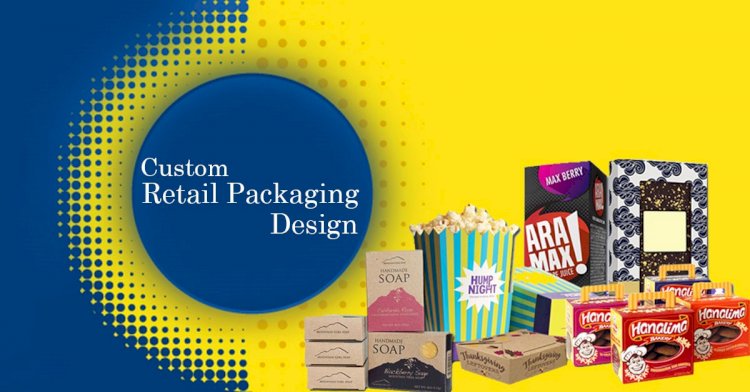
Packaging is an essential part of the retail industry. It helps to provide safety and protection for products during transport, storage, and use. Packaging also includes information about the product, which can consist of instructions or warnings. So why do we need packaging?
Packaging is essential for any product that you want to sell. Whether it's a gift or a smartphone, the packaging will be what draws people in and convinces them to buy your product. In addition, the packaging is the material that wraps and protects your products before it leaves the store. Many people want to present their gifts sufficiently or protect their smartphones from damage while traveling. Brands use different ideas to cover their products to make products appealing. Packaging is the most important thing for any product that you purchase. It has to be perfect, or else your products won't sell. The business can be started by any and the individual consider many things like what kind of packaging do I need? What should it look like before selling? And how much does it cost?
Brands want to earn market recognition, and that is the most crucial part of a commercial product. Therefore, it has to be attractive, and it should also have a purpose and be aesthetically pleasing. A retail packaging box is any container that holds an item before a customer purchases it and customer sees one thing that matters including design and quality.
Types of Packaging
Packaging consists of many different packaging boxes for other occasions and purposes, such as celebrations to varying circumstances with gifts to loved ones and enjoying the moment. Therefore, the retail packaging must have sustainable choices for packages to improve the environment, etc.
The most crucial aspect of any purchase is what something looks like on the outside. Packages have to be strong and rigid that they can withstand any force or power.
Paperboard boxes
These are the most common type of boxes that are used for packaging and transport products. They offer the best protection for fragile items because they have a rigid structure, tough lid, and heavy-duty material with protective cushioning on the inside.
Paperboard packaging can be recycled in many different ways, which is something else important as well. These types of packages usually are used to pack and deliver food products and also smartphones which are covered in rigid boxes.
Cardboard Boxes
These boxes are made of recycled paper and are used to ship or store items like shoes, clothes, lenses, etc. Every packaged designed comis in different shapes and sizes to be customized according to the product being shipped.
Cardboard packaging is usually made from folding sheets which are cut into smaller pieces for easier handling. These types of boxes cannot hold heavy objects because of the thin material used inside. These are used for light things, and however, the packaging was at first used to ship food predominantly from the producer to the customer, the truth of the matter is that it has slowly been idealized. The box is essential to protect practically any kind of merchandise during transport or extensive periods. Be that as it may, this transformation in the box area has not halted and is progressively secured items in dispersion chains. It is one of the materials with the most unnatural effect. However, it is 100% recyclable and biodegradable. It minimizes and squander age, helps the climate, and reused cardboard doesn't lose sturdiness.
Plastic Packaging
A good packaging considers many things. It starts with our lightweight, efficient plastic packaging that protects products on their journey from farms to grocery shelves and kitchen tables. That's important because lighter weight means more products can be shipped using less energy, which helps reduce greenhouse gas emissions. And it all begins with a little bit of science called extrusion blow molding (EBM). EBM enables us to produce large quantities of high-quality containers at a low cost in an environmentally responsible way. As a result, customers can ship more goods for less money while reducing their carbon footprint and environmental impact. What could be better than that? Packaging of food in plastics, for example, doesn't influence the taste and nature of the staple. Indeed, the hindrance properties of plastics guarantee that food keeps its typical taste while shielding it from outside defilement. In addition, its unmatched adaptability is exhibited in a vast number of utilizations like bundling films for new meats, products of the soil, bottles for drinks, eatable oils and sauces, and pots tubs and plates for yogurt, margarine froze the yogurt, and cut cooked meats. Nowadays, individuals need bundling with clear distinguishing proof and marking, which is not difficult to open.
Chipboard packaging
This type of packaging is a substance made from wood or paper and was initially designed to wrap chocolate bars. The first known chipboard packaging, which dates as far back as 1907, was created by William H. Moore Company in Philadelphia. Chipboard packages are often considered recyclable. However, not all companies use recycled materials when creating their package. Chipboard is a cost-effective and versatile packaging option that has many diverse uses. It comes in various densities, with the higher density being better for heavier items or more fragile things like glassware. The thickness of the chipboard can be cut to any shape you need it to be, which makes it great for all your organizing needs. The rigid material resists moisture, so anything inside will stay dry as long as they are adequately sealed.
Due to the increase in the e-commerce industry, companies find sustainable solutions for custom packaging supplies online and making the product more efficient.
Conclusion
The products consumer uses every day like smartphone sand other food cosmetic products comes in the sustainable packaging that allows the best impact on the environment. The benefits of packaging are significant to include the protection it offers to goods, convenience, and ease. Retailers need new and innovative products. They are always looking for these ways to keep their products safe from harm while on display in stores or warehouses, which is why they use boxes with good materials.
Packaging can be recycled at some point, making it a more sustainable choice for those. Designing and making custom products is hard. There are demands on the quality that need to be met, but they only can be helped through the process. Brands make your product to measure and guarantee that no parts get ruined during the process.
Share
What's Your Reaction?
 Like
1
Like
1
 Dislike
1
Dislike
1
 Love
1
Love
1
 Funny
1
Funny
1
 Angry
1
Angry
1
 Sad
1
Sad
1
 Wow
1
Wow
1

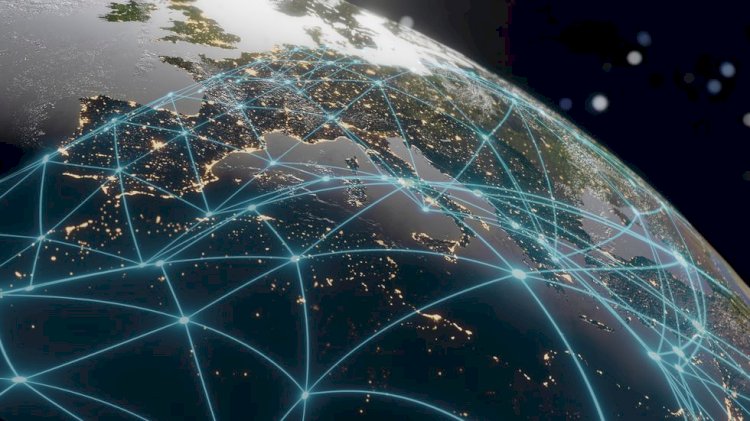
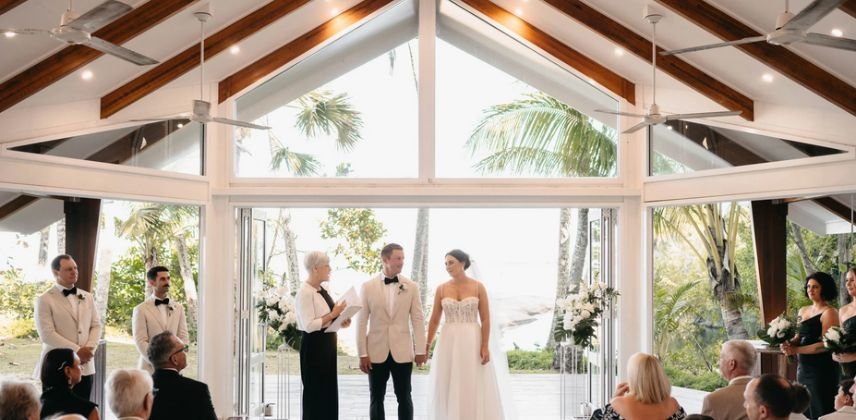





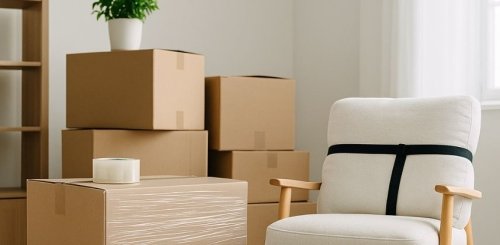

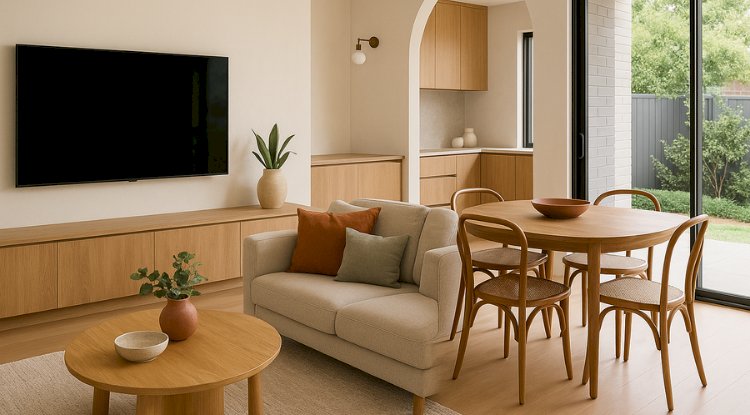
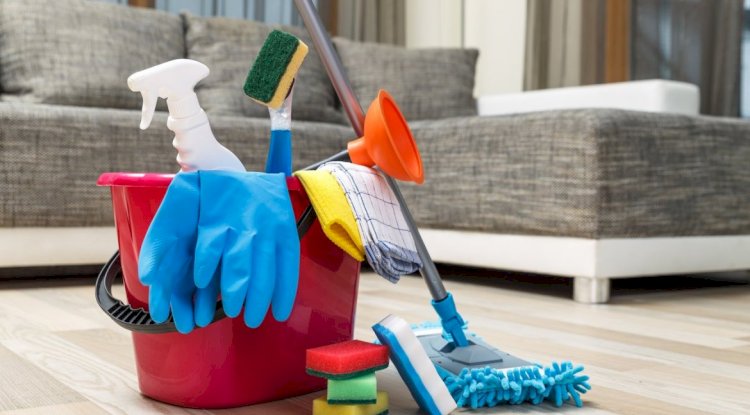

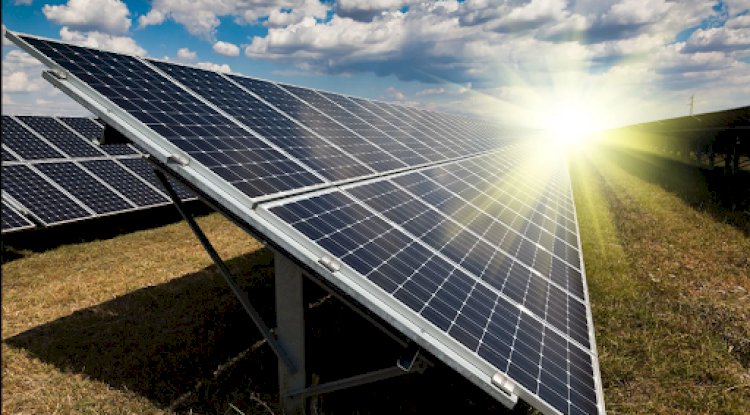
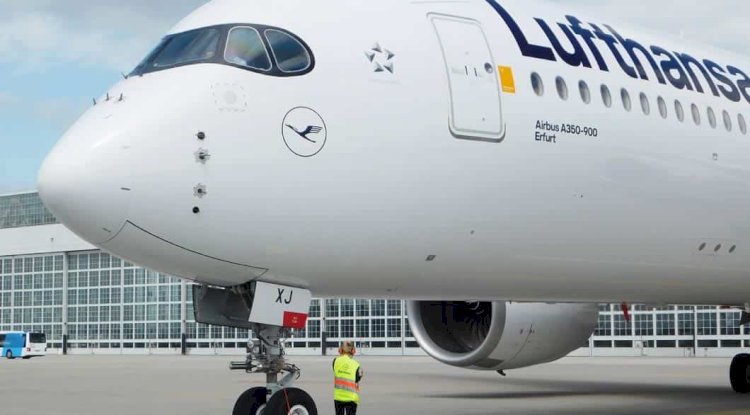
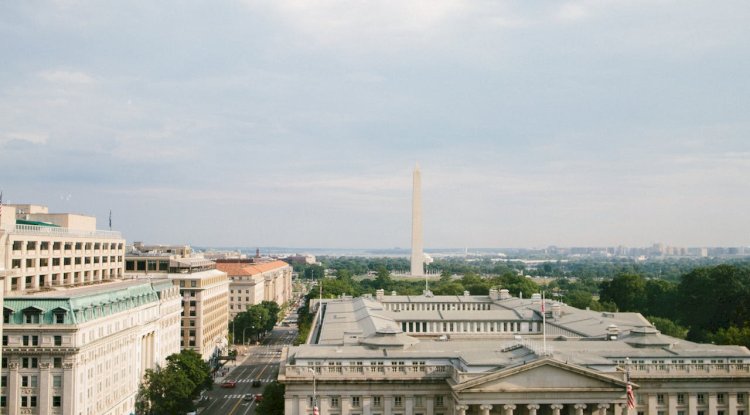

1
1
At Sparkling Maintenance LLC, we specialize in providing top-quality carpet cleaning services to both residential and commercial clients. https://sparklingmaintenance.info/
1
Divine Restoration, founded by experienced professionals, provides high-quality restoration. https://divinerestoration.co/
1